
What is the ICT industry?
Guidance: It is a new concept and new technical field formed by the integration of information technology and communication technology. Both ct and it belong to the information industry, with similar industrial characteristics, and there are multiple nodes in the industrial chain that overlap. It is also a combination of information, communication and technology, and is an industry based on the fusion of ip, it, ct and ict technologies.
Define 5.5G, supporting the future diversified connection of 100 billion scale

The first challenge is the challenge of the Internet of Everything. We must not only connect all people, but also connect a large number of things, and the needs of connecting things are diverse.
The three current scenarios defined by 5G can hardly support diverse IoT scenarios. For example, the application of the Industrial Internet of Things requires both massive connections and large uplink bandwidth. A scene must be added between eMBB and mMTC, named UCBC (uplink ultra-wideband); there is a category of applications that require both ultra-broadband and low bandwidth. For latency and high reliability, a scene must be added between eMBB and URLLC, named RTBC (Real-time Broadband Interaction); vehicle-road collaboration in the Internet of Vehicles requires both communication capabilities and perception capabilities, and HCS scenarios must be added (Communication perception fusion).
Therefore, it is necessary to change from the “triangle” of the 5G scene to the “hexagon” of the 5.5G scene, from supporting the interconnection of all things to enabling the intelligent connection of all things.
Challenge 2: Controlling light at the nanometer scale and achieving exponential growth in optical fiber capacity
The challenge of 5G connection lies in quantity, and the challenge of optical fiber connection lies in capacity.
Today, a single fiber carries 1 million people to watch 4K video, and in 2030 it will carry 1 million people to appreciate MR (mixed reality), and the single fiber capacity will increase by 10 times, surpassing 100T.
The first is the optical transceiver laser, which uses high modulation devices to achieve a 2 to 3 times increase in baud rate; at the same time, new modulation codes and algorithms are used to double the capacity. Thin-film high-bandwidth modulators are the development direction.
Secondly, we must develop broadband, low-noise, artificially controllable new optical amplifiers to achieve reliable ultra-long-distance transmission; the key technology is optical amplifiers close to the quantum limit.
The third is the dynamic control capability of the optical network. The wavelength division network is transformed into a "synchronous" system to improve the anti-interference ability and realize the efficient use of optical resources through calculation. The microcavity optical frequency comb is the key.
In the more distant future, it is also necessary to study new types of optical fibers and optical systems such as SDM (Space Division Multiplexing) to achieve a hundredfold increase in single-fiber capacity.
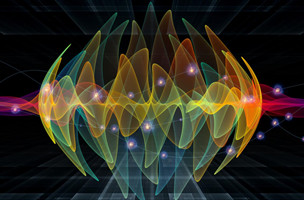
Challenge 3: Towards industrial interconnection, network protocols must be optimized
Today, the main body of network support is tens of billions of consumer interconnections. In 2030, the main body of network support will be the trillion-level industrial interconnection, and network protocols will face three tests.
The first is certainty. The deterministic delay guarantee capability is required, and the current best-effort network delay can be converted into a definite delay that can be calculated in advance through the "new network calculation theory and agreement".
The second is safety. In the context of the Internet of Everything, the security defense system poses severe challenges. A large number of external devices such as drones, cameras, edge computing, and sensors have introduced new insecure factors, and an end-to-end endogenous security framework and protocol must be built.
The third is flexibility. The needs of thousands of industries are diverse. Some need a longer IP address, and some need a shorter IP address. The fixed-length IP address must be extended to a new IP protocol that can flexibly define semantics and syntax.
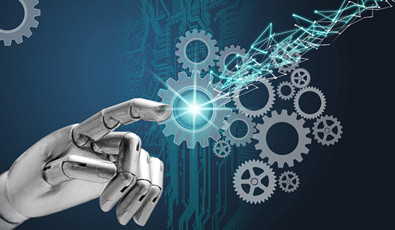
Challenge 4: General computing power is far from keeping up with the needs of the smart world, and super computing power must be built
In the smart world, connectivity determines the breadth, so calculation determines the strength.
Towards 2030, the demand for computing power will increase by 100 times. But at present, the annual improvement rate of single-core CPU performance has dropped from 50% to 10%, and general-purpose computing is inefficient in specific areas. How to create super computing power is a huge challenge.
First, digital computing is moving from general purpose to special purpose, to heterogeneous computing where multiple computing architectures coexist, and various CPUs, GPUs, and XPUs coexist.
Second, analog computing will show advantages in specific areas. Photon computing will be applied to signal processing, combinatorial optimization, machine learning and other fields, especially for wireless Massive MIMO and optical communications. There will be great application scenarios.
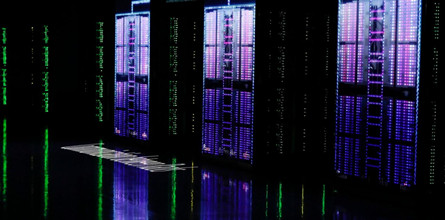
Challenge 5: Build a smart energy internet to realize green power generation, green power storage and green power consumption
The intelligent world is inseparable from AI, and the issue of AI application fragmentation and AI's credibility cannot be avoided.
The versatility of the AI model is the key to solving application fragmentation. Through a large amount of unlabeled data and a larger model, from full supervision to self-supervision, building a general AI system is a direction that needs to be broken.
Secondly, the convergence of AI and scientific computing also provides a great use for AI applications to get out of fragments. AI has brought new ideas, new methods, and new tools to scientific computing, and the rigorous system of scientific computing also helps improve the interpretability of AI.
Trustworthy AI is our long-term goal. Especially in key areas where human life is critical, such as unmanned driving, the problems from relevance to causality must be solved.
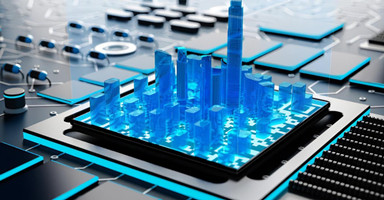
Challenge 6: Break through the von Neumann limit and build a new type of storage with a hundredfold increase in density
Storage faces two major problems: it can be saved and used well.
First, it must survive. The storage density per unit space and energy consumption has to be increased by 100 times, but the current media technology is limited by technology and power consumption, which cannot be supported. In the future, storage systems must break through new large-capacity and low-latency memory technologies, breakthrough ultra-large-capacity media technologies such as DNA storage and high-dimensional new optical storage, breakthrough ultra-large storage space models and coding technologies, and break the capacity wall.
Second, use it well. In the future, the data access bandwidth of storage systems will be from TB level to PB level, access delay will be reduced from ms level to us level, and the performance density must be increased by a hundredfold. Under the von Neumann architecture, data must move between CPU, memory, and media, but the current bandwidth speed of PCIE and DDR is far from keeping up with the performance growth of external networks. In the future, storage systems must break through the limitations of the von Neumann architecture, shift from CPU-centric to memory-centric, data-centric, and from moving data to moving computing, breaking the performance wall.
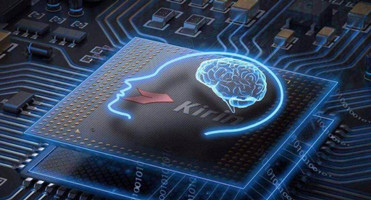
Challenge 7: Combine computing and perception to achieve a multi-mode interactive surreal experience
The smart world needs to create the ultimate user experience. In 2030, surreal experience will become a reality.
Surreal experience, which requires a seamless integration of the virtual world and the real world. And can accurately perceive and restore the world, and understand the user's intentions in a world that combines virtual and real. The senses of hearing, sight, touch, and smell must be integrated to realize multi-mode interaction between humans and hundreds of edge devices. In order to achieve this goal, it is necessary to treat the user's environment as a supercomputer, relying on multi-mode sensors such as language, touch, light perception, and brain-computer to collect and transmit information, recognize the user's intention, and use naked-eye 3D, holographic projection , AR contact lenses, digital smell and digital touch technology are presented to users.

Challenge 8: Realize active health management through continuous health monitoring
The aging population has brought more chronic diseases. According to statistics, 85% of deaths are due to chronic diseases, and chronic diseases must be detected in real time. It is necessary to overcome the need for medical-grade wearable devices, such as non-invasive blood sugar, continuous blood pressure, continuous ECG and other vehicles. Taking blood pressure detection as an example, optical sensors can provide more accurate pulse waves than PPG, and provide higher quality data input for blood pressure modeling and algorithms. Combining cloud services and artificial intelligence technology to create a complete personal health big data platform for individuals to achieve active health management. Through brain-computer interfaces, electromyography interfaces, wearable robots, etc., from being taken care of to autonomous management, the happiness of the elderly is improved.



